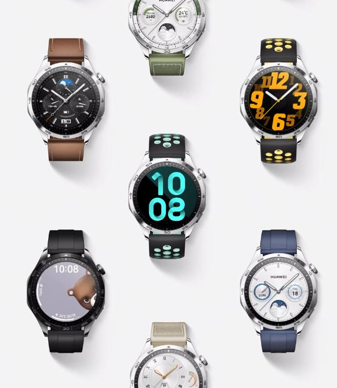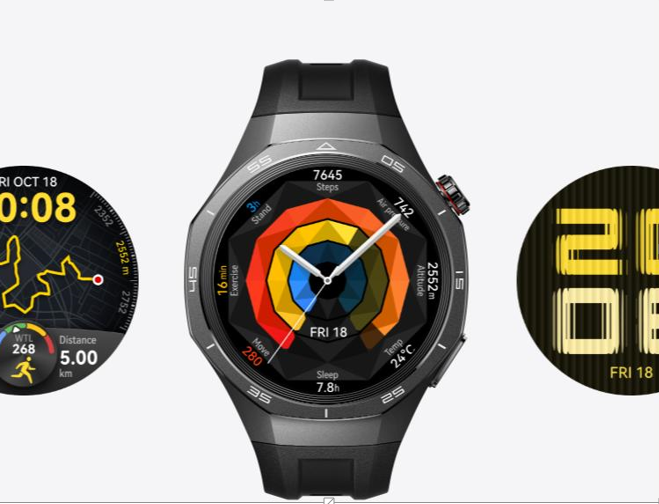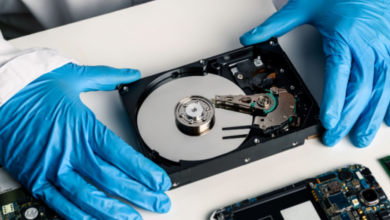When Should You Replace Your Old Smartwatch?

Modern smartwatches have become indispensable companions that track our health, deliver notifications, and keep us connected throughout our daily routines. These sophisticated devices, however, have a natural lifecycle like any other piece of technology. Understanding when to upgrade is not about chasing every new release but about recognizing when your current device no longer serves your needs effectively. An outdated watch can lead to frustration, missed notifications, and inaccurate health data, diminishing the very benefits that make these gadgets so valuable. In this article, we will guide you through the key indicators that signal it’s time for an upgrade, helping you make an informed and practical decision.
Battery Performance
Recognizing Signs of Battery Degradation
The most frequent and noticeable sign that your smartwatch is aging is a decline in its battery performance. You might observe that a charge that once easily lasted two days now barely gets you through a single afternoon, forcing you to recharge it constantly. This isn’t just an inconvenience; it’s a clear symptom of a chemically aging battery that can no longer hold its original charge capacity. Sometimes, this degradation can manifest in unexpected ways, such as the watch shutting down abruptly even when the battery indicator shows a remaining charge of 20 or 30 percent. This inconsistency means you can no longer rely on your device to be ready when you need it, whether for a workout or simply to tell the time.
When Battery Life No longer Meets Your Daily Needs
Beyond the physical degradation, you should consider whether the battery life still aligns with your daily routine. If you find yourself having to strategically plan charging sessions around your activities, like taking it off during your morning shower to gain a quick 10% boost, the device is creating more hassle than convenience. This constant need to manage power can cause you to disable essential features like the always-on display or continuous heart rate monitoring just to conserve energy, which defeats the purpose of having a feature-rich smartwatch. When preserving battery life becomes a central part of your interaction with the device, it’s a strong signal that its utility has significantly diminished. Ultimately, your smartwatch should adapt to your life, not the other way around, and a battery that can’t keep up fundamentally changes your experience for the worse.
Software and Compatibility Issues
Loss of Software Updates and Security Patches
One of the less visible but critically important reasons to consider an upgrade is when your smartwatch stops receiving software updates and security patches. Manufacturers typically support devices with updates for a limited number of years, after which they are no longer optimized for new applications or protected against emerging security vulnerabilities. Using a watch that is no longer supported can leave your personal health and notification data potentially exposed, as unpatched software can have security flaws that might be exploited. Furthermore, you will likely notice that popular new apps are no longer compatible with your older operating system, gradually limiting the functionality you once enjoyed.
See also: How modern tech is revolutionizing cargo inspection and security
Growing Incompatibility with Your Smartphone
Another clear sign it might be time for a new smartwatch is a growing incompatibility with your smartphone. This often happens after you upgrade your phone to a newer model or a major new operating system version, and you discover that the companion app for your watch is no longer fully supported. You might experience persistent connectivity issues, failed synchronizations of health data, or notifications that simply stop working reliably. These glitches disrupt the core functionality of the device, breaking the seamless connection that makes a smartwatch useful. When your watch and phone can no longer communicate effectively, the watch loses its value as a connected device.

Performance and Hardware Limitations
Over time, your smartwatch may slow down, becoming less responsive to everyday actions like swiping, launching apps, or telling time. This lag often results from aging hardware struggling to run newer software features. The screen may also appear outdated, with thick bezels and poor outdoor visibility. Additionally, sensors for heart rate, GPS, or sleep tracking can lose accuracy, making their data less reliable. When the hardware starts to limit functionality and undermine data trustworthiness, it’s a clear sign that the technology has been outpaced.
Weighing Repair Costs vs. Replacement Value
When your smartwatch needs repair, carefully compare the cost of fixing it versus replacing it. Official repairs—such as for a cracked screen or dead battery—can be costly, sometimes approaching the price of a newer model. The process also leaves you without your watch for days or weeks, interrupting your daily tracking. For an older, out-of-warranty device nearing the end of software support, a high-cost repair is rarely a wise investment, as other issues may soon follow. Often, putting that money toward a new watch delivers better performance, modern features, and a full warranty, providing far greater long-term value.
Conclusion
Deciding to replace your smartwatch is a practical choice that should be based on how well your current device continues to serve your daily life. When the battery can no longer last a day, the software becomes outdated and insecure, or the performance is too slow to be useful, an upgrade transforms from a luxury into a necessity. Choosing a new smartwatch is an investment in your daily convenience, health tracking, and overall connectivity. A powerful watch like the Huawei watch gt6, for instance, can significantly enhance your routine with its advanced health metrics and seamless integration, making it a worthwhile investment for your well-being and productivity. By recognizing the right signs to upgrade, you ensure your technology continues to add genuine value to every day.






